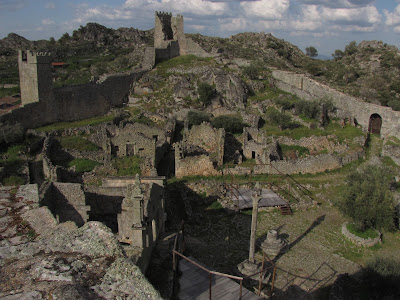So, full disclosure time. I have gone digital with my art.
If you follow this blog that’s probably no great surprise, as beginning about two years ago with Blood and Fire, I switched over to creating my art digitally. It felt a bit hypocritical to me, especially as much of the theme in Secrets of Jarrow is the potential loss of knowledge and information in a digital age, but I have to admit, on switching over it was love at first byte.
A couple of years ago when my painter sister, who loves doing preliminary sketches on her iPad, gifted me her old iPencil, I found in playing around with it that the feel was surprisingly natural and intuitive when drawing on my iPad. A few years ago, when I experimented with drawing on a tablet, the lag time between the stroke and its showing up on the screen, and the general disconnect between the drawing surface and the monitor really got in the way of creating. Perhaps if I had grown up with the technology it would be different, but I realized right away it wasn’t for me and put it away.
But with improvements in technology and my drawing surface now also being where the image shows up, drawing on my iPad really worked for me. The lag time had completely disappeared and it felt like it was all upside. A bit of online research led me to Clip Studio, a great drawing app for the sort of work I wanted to do and experimenting with that over a week or so had me up to speed, especially as much of its function was pretty intuitive and mirrored, to a large extent, the same tools I was familiar with in Photoshop (which I have been using for years for colouring and tonal work on my comic book art).
What I like about drawing and inking on my iPad
So what is it that I like? Mostly it is the ability to rework things easily without a lot of erasing and redrawing. There are times when you nail a pose or a gesture but that part of the image is out of scale with the rest of the panel. Now I just resize it and keep going. That technology keeps the old limitations of analog work (erasing, resizing) from getting in the way of the creative flow, and my pencilled pages come together faster and better as a result.
Also, the capacity to easily correct my ink lines has the same effect, letting me loosen up a bit with my line work knowing that mistakes or over-working can be corrected. I have drawn with pen and ink since I was a kid, so I am pretty used to the unforgiving nature of the medium, but the digital just gives that extra bit of confidence. Funnily enough, partly by habit and partly not wanting to get into bad habits when I return to my actual sketch book, I still ink left to right, top to bottom even on my iPad, a habit I formed so that I wouldn’t smear the line on my page.
 |
| In this recent page you can see how I am still inking from left to right, top to bottom, even on my iPad! Old habits die hard, although in this case it is a habit I want to keep. |
And of course, being able to go out and draw on my back porch in the summer, or anywhere really, untethering me from my studio is something that I really like.
What I don’t like about drawing and inking on my iPad
Not much. The niggling realization at the back of my head that I am no longer producing physical artwork. But I have a basement full of that and don’t really need to leave a larger footprint in that regard.
 |
| So no more of this - all the inked pages for Secrets of Jarrow. |
Wondering if I am destroying my already compromised vision by staring at my iPad for hours at end. (I’m setting an alarm, getting up and shifting my focal point every once in a while trying to alleviate the strain.)
And dealing with the hypocrisy - but I am comfortable with contradictions in my life. They make us human…
And the newsie bits...
Quid Pro Crow launched at Take Cover Books in Peterborough
A small but enthusiastic crowd made time on the May long weekend to come out and listen to me blather on about my second book. It actually was a very enjoyable evening for me (and I hope my audience!) as I talked about process and inspiration for Quid Pro Crow and even tried reading out loud to an audience from a comic book for the first time since I used to read Asterix to my little niece and nephew when I was young. Thanks again to Sean and Andrew at Take Cover (best bookstore ever) for hosting this event and to all those who came out.

Signing at TCAF 2024
I joined the throngs of thousands that descend on the Toronto Metropolitan Library for the annual Toronto Comic Arts Festival, signing for a few hours at the Renegade table. As always, it was fun to meet with fans, introduce my book to others and spend time hanging with my ace publisher, Alexander Finbow.

A chat with true North Country Comics
At TCAF John Swinimer buttonholed me for a few moments, getting me to talk a bit about my new book. Somehow I managed not to mention the book at all, but did talk a bit about my switch to digital. Here is the clip…





























.jpg)






